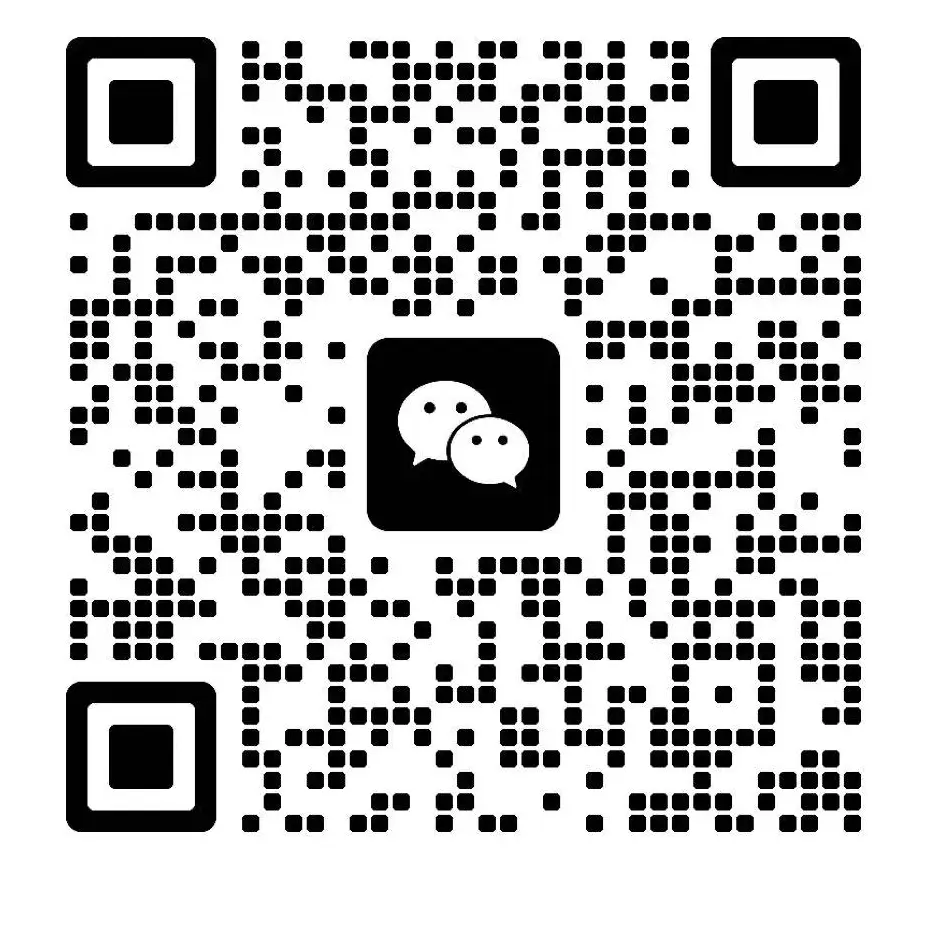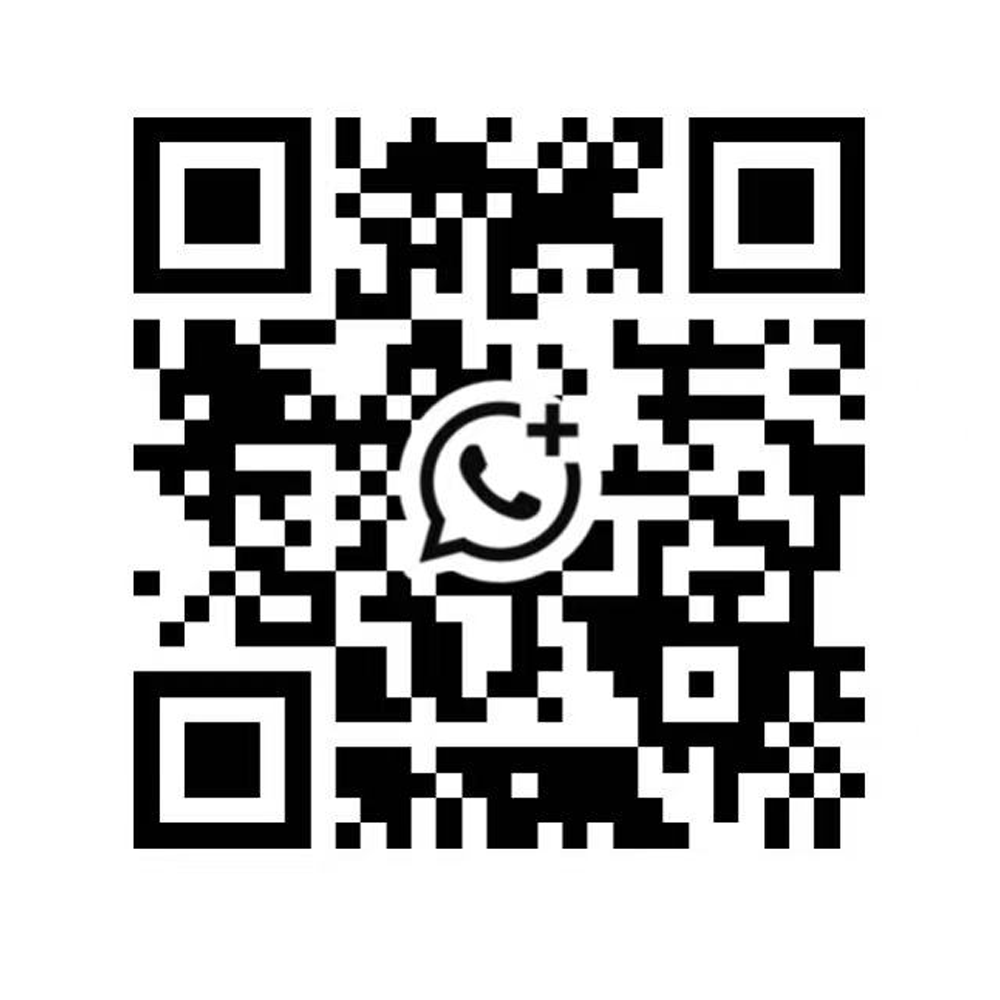Customers want bold designs. They want fast delivery. They want T-shirts that last. For print shops, this is a challenge. DTF shirt printing offers the answer.
What Is DTF Shirt Printing?
DTF stands for Direct-to-Film. The process is simple. You print a design on a film. Then you transfer it to a shirt with heat.
Unlike DTG or sublimation, DTF works on almost any fabric. Cotton. Polyester. Blends. Even fleece and nylon. That flexibility makes it a game changer for custom shops.
Why Custom Shops Choose DTF
T-shirt shops run on speed and quality. DTF makes both possible.
- Prints stay bright after many washes.
- Works on dark and light fabrics.
- Handles small orders and bulk runs.
- Costs less to set up than screen printing.
- Transfers resist cracks and fading.
Thickness Options and Uses
DTF films come in different thickness levels. Each level suits a different type of apparel.
| Thickness (Microns) | Best For | Benefits |
|---|---|---|
| 50–60 µm | Fashion shirts | Very soft, flexible, lightweight |
| 70–80 µm | Everyday cotton blends | Balanced comfort and durability |
| 90–100 µm | Sportswear | Strong, stretch-resistant, lasting |
| 110+ µm | Workwear, uniforms | Rugged, tough, long-term wear |
Most shops choose 70–90 µm. It works for casual wear and keeps prints looking sharp.
Key Advantages for B2B Buyers
DTF shirt printing is not just about looks. It solves problems for print businesses.
- Versatile: Works with many fabrics and colors.
- Efficient: No screen setup, no wasted ink.
- Scalable: One shirt or one thousand, same process.
- Profitable: Lower material costs, faster jobs.
Daily Maintenance Tips
A DTF printer works best with simple daily care. Skipping steps can waste time and money.
- Clean the print heads every day.
- Store films in a cool, dry place.
- Keep room humidity at 40–60%.
- Rotate ink stock and use it fresh.
- Run a quick test print before long jobs.
These habits keep the machine stable and your orders smooth.
DTF vs Other Printing Methods
Every shop compares methods before buying. Here is how DTF stands out.
- DTG Printing: Soft feel but only works on cotton.
- Sublimation: Bright colors but limited to polyester.
- Screen Printing: Great for bulk but costly for short runs.
- DTF Printing: Works on many fabrics, low setup, durable prints.
For shops that handle mixed orders, DTF offers the best balance.
What to Consider Before Investing
Think about your customer base. Think about your order volume. Think about your product range.
- Handle both small and bulk jobs? DTF is ideal.
- Want to expand into sportswear or workwear? DTF covers it.
- Need affordable equipment? DTF costs less than DTG.
- Serve clients in retail, fashion, and corporate sectors? DTF fits all.
Conclusion
DTF shirt printing is not a passing trend. It is a proven method that helps print shops grow. It gives you bold colors. It gives you durable results. It works on almost any fabric.
For B2B buyers, the value is clear. You save time. You cut costs. You serve more clients. If you want to stay competitive, DTF shirt printing is the right choice.




